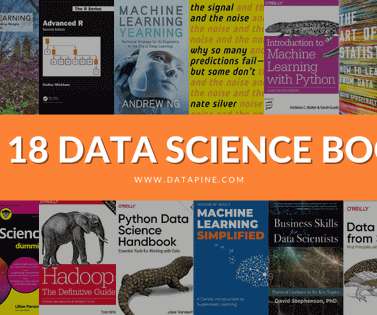Top 14 Must-Read Data Science Books You Need On Your Desk
datapine
MAY 14, 2019
By acquiring a deep working understanding of data science and its many business intelligence branches, you stand to gain an all-important competitive edge that will help to position your business as a leader in its field. Download our free guide! Exclusive Bonus Content: The top books on data science summarized!














Let's personalize your content